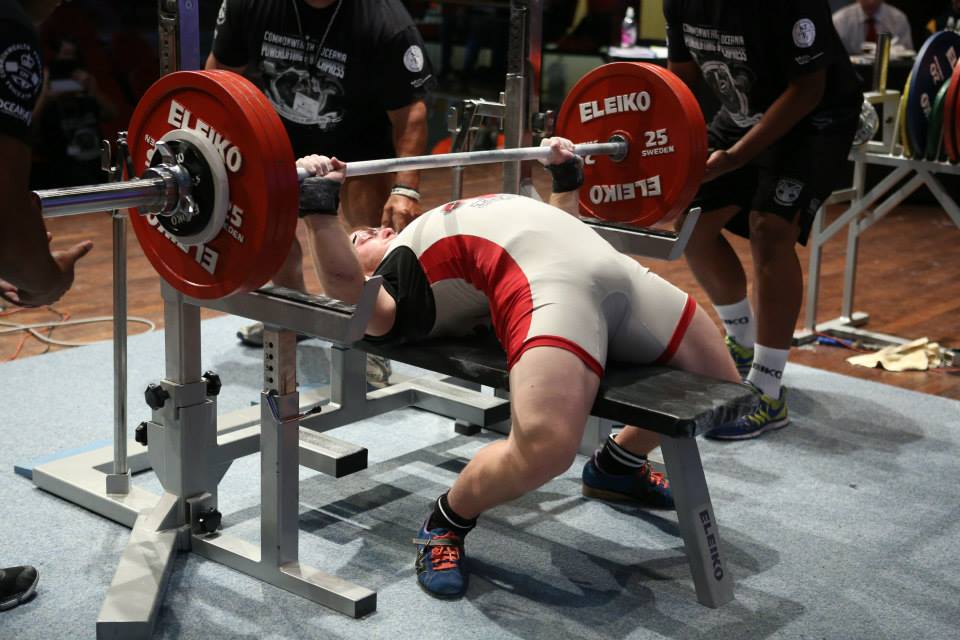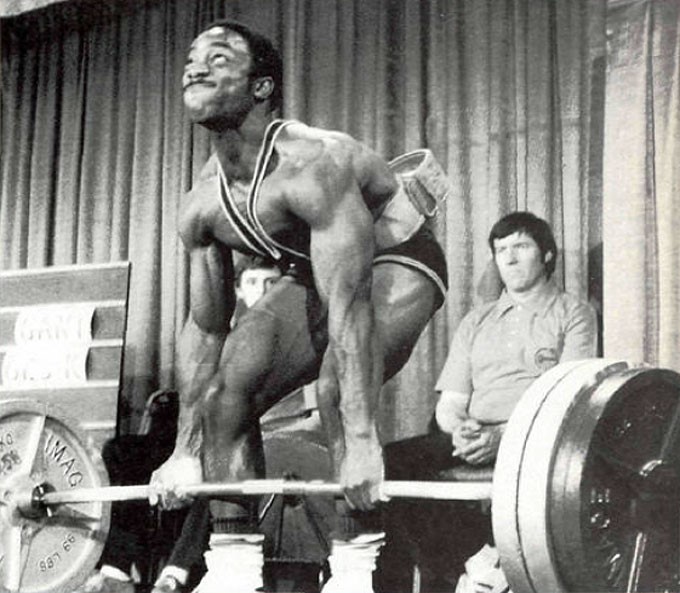Don’t make a cult out of technology
FPA President Dmitry Kalashnikov understandably explains why “perfect technique” exercises do not guarantee safety and atraumatism.
This article was prompted by a correspondence (I would even say a skirmish) in the post of one of our experts, who was showing a video of his client squatting with a barbell. One of the critics saw in the video some “error in technique” and yelled that it was a guaranteed disc herniation. The author of the post got into a polemic, defending “angles”, “bends”, spine positioning and the like.
I’ll write at the beginning and then reiterate at the end of the article as well: I DO NOT RECOMMEND OVERCOMING THE LOAD IN ANATOMICALLY DANGEROUS, UNNATURAL POSITIONS, CARELESSLY, UNCONTROLLABLY.
Now on the topic
Technique is undoubtedly important. But by technique we mean different things. For an athlete it’s what will allow him to solve the problem as efficiently as possible. In fitness – as safely as possible. Often, these conditions contradict each other: successful in the bench press for powerlifters – to maximally overextend the spine, for fitness – to ensure a neutral position of the spine and pelvis.
The “bridge press”.

In this article I’m talking about technique and safety.
Friends, don’t make a cult out of “correct” technique, you don’t always have to “catch millimeters” and think that some “perfect” technique guarantees safety, while its “violation” guarantees injury.
Our body, evolving and becoming what it is today, has gone through the need to tackle a wide variety of tasks: running, jumping, hanging, climbing, throwing, lifting, squatting, etc., etc. There is no standard pattern, no ideal model according to which our body has to move.
Yes, some positions are more natural for us, some are not. But that does not mean that by adopting them we are necessarily injured. The question of injury prognosis is very complex. And some “correct” technique is only one factor, and not always the most important. Injury risks depend on the physical state of the athlete, his degree of recovery, psycho-emotional state, state of the nervous, endocrine and immune systems. The individual features of the ODD, how adapted the ODD is, how it has compensated for previous patterns and loads. On previous injuries and illnesses. On coordination, the ability to maintain control of movement.
One of the main risk factors of injury is chronic under-restoration in improperly organized training (under-restoration of the nervous system, inadequate work of endocrine and immune systems, chronic overstrain of the musculoskeletal system, lack of opportunities for regeneration of micro-damages). This should be the main thing for a coach!
And the role of “correct technique” here is different: its “violation” can be a good indicator, a sign of dangerous conditions, such as using too much weight, which, if constantly overcome, will wear down the muscular or connective tissue structures. For example, by stipulating to do deadlifts a little slower, strictly maintaining a neutral position of the spine, we are forced to use less weight than the maximum, thereby reducing the load and risks.
Those rigid conditions that we require when performing any exercise (neutral spine position, slower speed, etc.) will undoubtedly be beneficial for the beginner.
Firstly, we reassure to a certain extent (better overdoing it than underdoing it). Secondly, we contribute to the client’s ability to control his or her body, to feel it, to do exercises consciously and in a controlled way. Here, as the saying goes, “do well, it will work itself out badly”. For example, when doing pulling exercises on a horizontal block, instructions are given to do adduction-reversal of the shoulder blades and movements of the arms (shoulders) separately – towards yourself with the shoulder blades and then the arms, from you first the arms and then the shoulder blades. This makes it easier to teach the client to be aware of these different movements. But then these movements have to be joined together: that’s how we do them in life, in one movement. And then, if the athlete becomes an advanced athlete, he or she will be allowed to choose whatever option he or she finds useful, perhaps even with cheating. This decision will be made individually, taking into account goals and risks.
By the way, the example of Lamar Ganta, world powerlifting champion, who has a severe form of idiopathic scoliosis. Lamar was the first lifter to lift five times his weight in the deadlift (300 kg at 60 on his own bodyweight).
So, let me repeat the main points
Undoubtedly, when training a beginner, it’s better to be reinsured and choose the safest option. Safe in terms of technique, speed and amplitude.
Estimate movement not stereotypically (corresponds or not to some universally correct pattern), but taking into account different conditions: length of training, peculiarities of physical state, anatomy of a person, his/her ability to control the situation.

